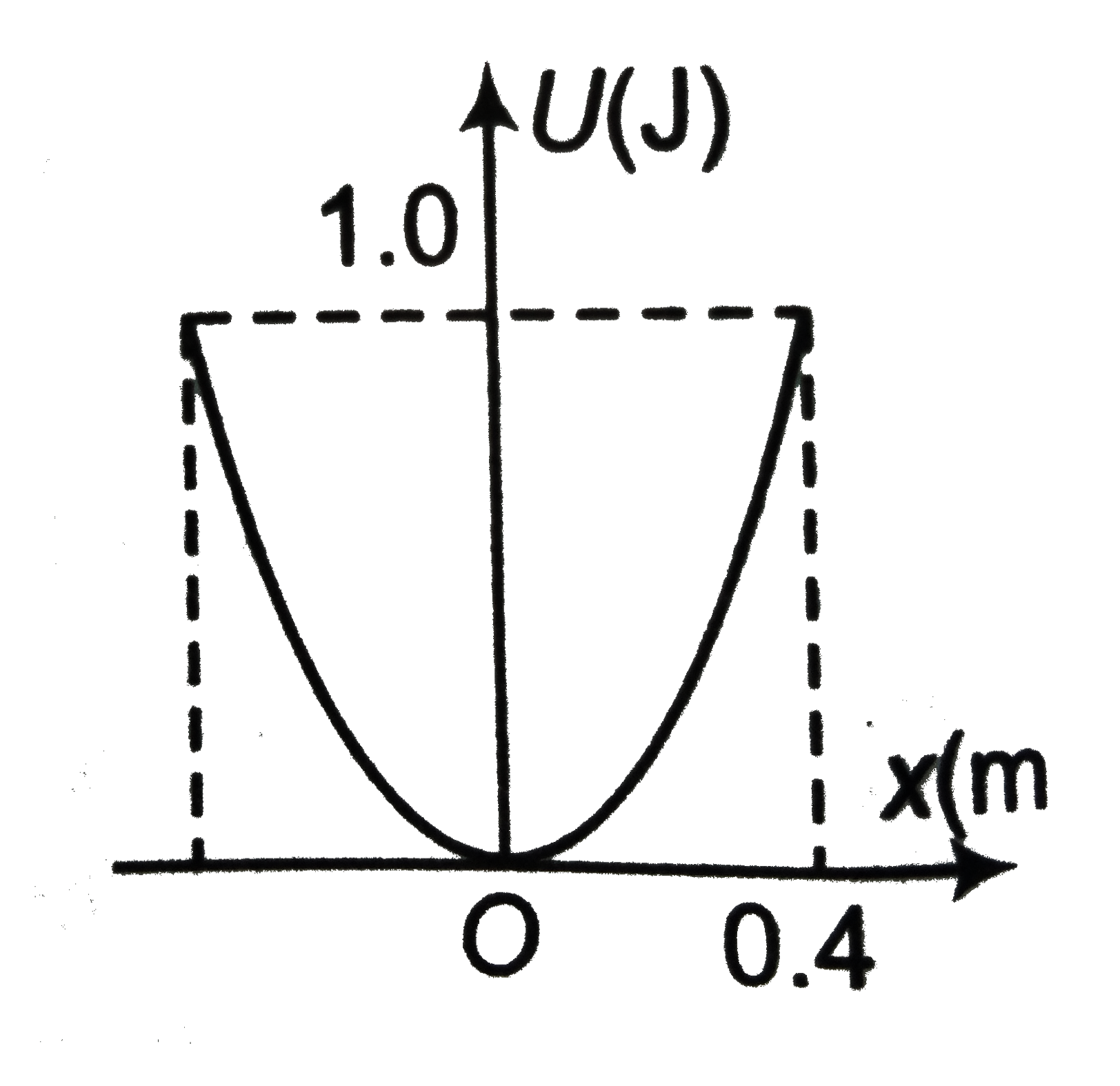A particle of masss m moves along a circular orbiy in cetrosymmetrical potential field U(r)=kr2/2. Using the Bohr quantization condition, find the permissible orbital radii and energy levels ot that particle.
We have the following equation (we ignore reduce mass effects)
mv2r=kr
so mvr=nħ
m'v=√mkr
and r=√nħ√mk,
and v=√nħ√mk/m The energy levels are En−12mv2+12kr2
=12nħ√mkm+12knħ√mk
nħ√km
Topper's Solved these Questions
- BOOK - IE IRODOV, LA SENA & SS KROTOVCHAPTER - ATOMIC AND NUCLEAR PHYSICSEXERCISE - Wave Properties Of Particle48videos
ATOMIC AND NUCLEAR PHYSICS
- BOOK - IE IRODOV, LA SENA & SS KROTOVCHAPTER - ATOMIC AND NUCLEAR PHYSICSEXERCISE - Properties Of Atom69videos
ATOMIC AND NUCLEAR PHYSICS
- BOOK - IE IRODOV, LA SENA & SS KROTOVCHAPTER - DIRECT CURRENTEXERCISE - All Questions15videos
DIRECT CURRENT
Similar Questions
A particle of mass m moves in a circular orbit in a central potential field
U(r)=12Kr2. If Bohr's quantization conditions are applied , radii of possible orbitls and energy levels vary with quantum number n as :View SolutionA particle of mass m moves in a circular orbit in a central potential field U(r)=U0r4. If Bohr's quantization conditions are applied, radü of possible orbitals rn vary with n1α, where α is _________.
View Solution
Knowledge Check
- Question 1 - Select One
A test particle is moving in a circular orbit in the gravitational field produced by a mass density ρ(r)=Kr2. Identify the correct relation between the radius R of the particle’s orbit and its period T:
ATR is a constantBT/R2 is a constantCT/R is a constantDT2/R3 is a constant. - Question 2 - Select One
Two particles of identical mass are moving in circular orbits under a potential given by V(r)=Kr−n, where K is a constant. If the radii of their orbits are r1,r2 and their speeds are v1,v2, respectively, then
Av21rn1=v22rn2Bv21r−n1=v22r−22Cv21r1=v22r2Dv21r2−n1=v22r2−n2 - Question 3 - Select One or More
A particle of mass m moves in circular orbits with potential energy N(r)=Fr, wjere F is a positive constant and r its distance from the origin. Its energies are calculated using the Bohr model. If the radius of the the nth orbit (here h is the Planck's constant)
ARαn1/3 and vαn2/3BRαn2/3 and vαn1/3CE=32(n2h2F24π2m)1/3DE=2(n2h2F24π2m)1/3
A particle of mass m moves in a circular orbit under the central potential field, U(r)==−Cr, where C is a positive constant.
The correct radius -velocity graph of the particle's motion is.View SolutionA particle of mass m moves in a unidimensional potential field U=kx2/2 (harmonic oscillator). Using the uncertainty principle, evaluate the minimum permitted energy of the particle in that field.
View SolutionAccording to the Bohr-Sommerfeld postulate the periodic motion of a particle in a potential field must satisfy the following qyantization rule:
∮pdq=2πħn,
where q and p are generalized coordinate and momenum of the particle, n are integers. Making use of this rule, find the permitted values of energy for a particle of mass m moving
(a) In a uniimensional rectangular potential well of width l
(b) along a circule of radius r,
(c ) in a unidimentional potential field U=αx2/2, where α is a positive constant:
(d) along a round orbit in a central field, where the potential enargy of the particle is equal to U=−α/r(α is a positve constant)View SolutionA particle of mass m in a unidirectional potential field have potential energy U(x)=a+2bx2 where a and b are positive constants. Find time period of oscillation :-
View SolutionA particle of mass 2kg moves in simple harmonic motion and its potential energy U varies with position x as shown. The period of oscillation of the particle is
 View Solution
View Solution

